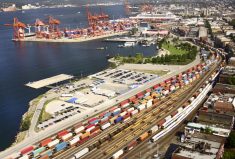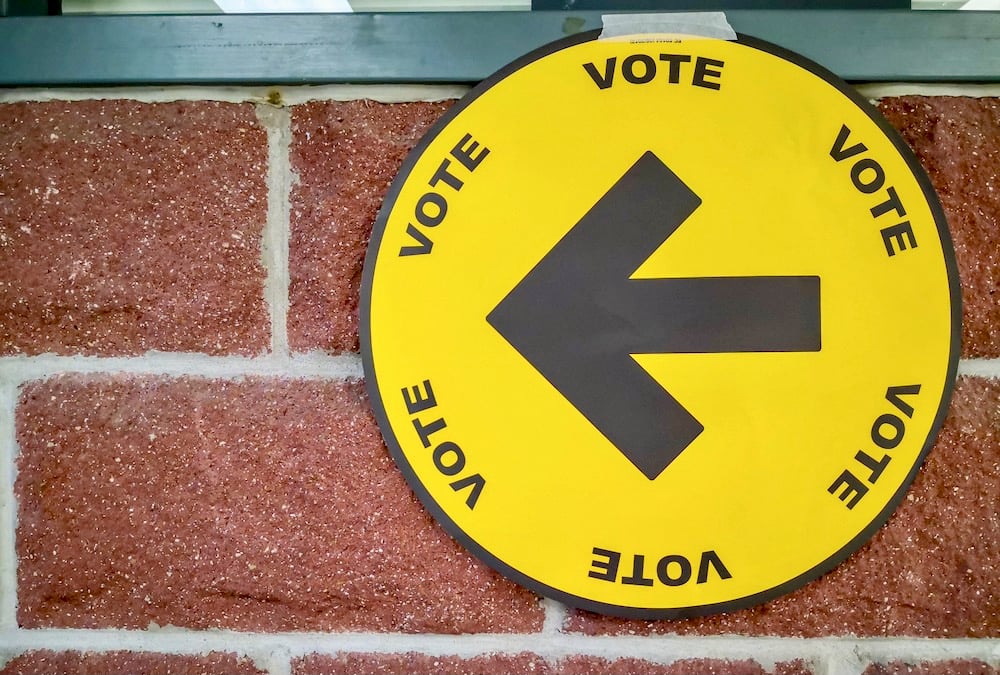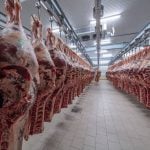Efforts to overhaul agricultural support in rich countries are increasingly under challenge for failing to remove the unfair distortions in global trade that they purport to eliminate, a new study says.
The study by agriculture and trade economists, published by the International Centre for Trade and Sustainable Development (ICTSD), questions the thrust of farm negotiations in the World Trade Organization’s eight-year-old Doha round.
These aim to replace subsidies that distort trade by encouraging product ion with less harmful assistance, known as the “green box,” that pays farmers for work such as maintaining the countryside rather than growing more crops.
Read Also

The great food summit adventure
Alberta Farmer columnist Lee Hart attended the Food Leadership Summit in Calgary, where about 400 ag industry players gathered for the new annual conference.
TIMELY
The study is timely as negotiations heat up in the European Union – the biggest farm subsidizer – for further reforms of its Common Agricultural Policy.
Farming assistance is also critical as the world looks for ways to boost food production for a growing population, already with many undernourished people, without adding to environmental degradation, the 675-page study said.
“Fears that the green box was becoming a mere front for governments who simply wished to provide unlimited amounts of income support to their agricultural producers, albeit beneath a veneer of respectability, have in fact found expression in a multitude of calls for revision, reform, and change,” it said.
OUT OF THE GREEN BOX
Under WTO rules, there are no limits on green box subsidies, which are defined as distorting trade only minimally. So governments have been shifting their subsidies into this category in response to pressure to reduce support that promotes agricultural output.
The ICTSD study found there is growing evidence that green box support, intended to help rich and poor countries meet aims such as food security, can still affect production and trade, hurt farmers in developing countries and damage the environment.
Direct price subsidies, which encourage farmers to produce more, are one of the main targets of developing countries in the Doha round because they squeeze farmers in poor nations out of the market. They also cost taxpayers in rich countries a lot, and helped to create Europe’s infamous mountain of surplus butter and lake of unwanted wine.
MEETING NEEDS OF RICH
In the Uruguay round, the previous set of trade negotiations completed in 1993, rich countries agreed to bring agriculture into global commerce rules and reduce trade-distorting subsidies in return for keeping supports to reach broader public goals.
Since the 1990s, the EU has decoupled farm support from production, switching the focus from agriculture to the wider rural economy or protection of the environment. The United States has also decoupled farm payments from production, although it reversed this trend in the 2008 Farm Bill.
Many argue the new green box subsidies are designed to meet the needs of rich rather than developing countries, which also have broad interests such as ensuring food security and protecting the livelihoods of poor farmers.
Payments of such subsidies to large agribusinesses in the United States or to wealthy landowners in Europe have also undermined their legitimacy at home.
The study suggests developing countries are likely to resort more frequently to litigation over the green box subsidies paid by rich countries, at least to ensure compliance with the existing criteria.
One problem here is the lax record of WTO members, rich and poor, in notifying how much they spend on subsidies, making it hard to monitor whether they are keeping to the rules.














